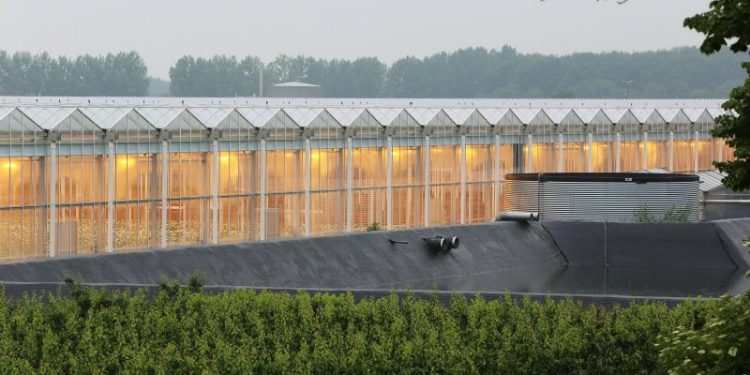#GreenhouseAgriculture #SustainableFarming #FoodSecurity #ClimateChange #AgriculturalInnovation #Horticulture #GlobalMapping #WageningenUniversity&Research #DutchGreenhouseDelta #EnvironmentalSustainability
In a recent whitepaper commissioned by the Dutch government and supported by the European Union, Wageningen University & Research (WUR) sheds light on the expanding realm of greenhouse agriculture. According to WUR’s estimations, the world boasts approximately 700,000 hectares of covered horticulture, including 53,000 hectares of high-tech greenhouse facilities. Notably, the United States leads the pack in high-tech suitability, followed closely by France, Germany, the United Kingdom, and Ukraine.
For mid-tech greenhouse potential, the U.S. and France maintain their prominence, with India, Libya, and Brazil trailing behind. Remarkably, Germany, the Netherlands, France, the U.S., and Spain emerge as the top contenders for tomato cultivation within greenhouse environments.
Mexico currently boasts the largest high-tech greenhouse area, succeeded by the Netherlands, Turkey, Belgium, and Germany. Conversely, China, Turkey, Spain, the Republic of Korea, and Egypt dominate the mid-tech segment.
Highlighted in WUR’s analysis is the top 10 countries anticipated to experience substantial growth in high-tech greenhouse adoption. Topping the list is the United States, trailed by France, Spain, Germany, Poland, the Netherlands, Italy, Japan, Turkey, and China. Noteworthy emerging countries in this realm include Poland, Italy, Saudi Arabia, and the United Kingdom.
As countries transition from mid-tech to high-tech greenhouse systems, Spain, France, China, Japan, India, and South Korea lead the charge. Meanwhile, Germany, the Netherlands, Turkey, Belgium, and Mexico already boast thriving areas equipped with advanced greenhouse technology.
Utilizing the Global Detector GIS tool, experts collaborate in interactive workshops to pinpoint regions ripe for greenhouse expansion based on climate, soil, infrastructure, and land use. WUR researchers actively engage with industry stakeholders to gather invaluable insights, shaping the future landscape of greenhouse agriculture.
The journey towards sustainable, localized food production is propelled by innovative projects like the global greenhouse mapping initiative. By harnessing cutting-edge technology and expert collaboration, stakeholders pave the way for a resilient agricultural future, mitigating the challenges posed by climate change and resource constraints.











